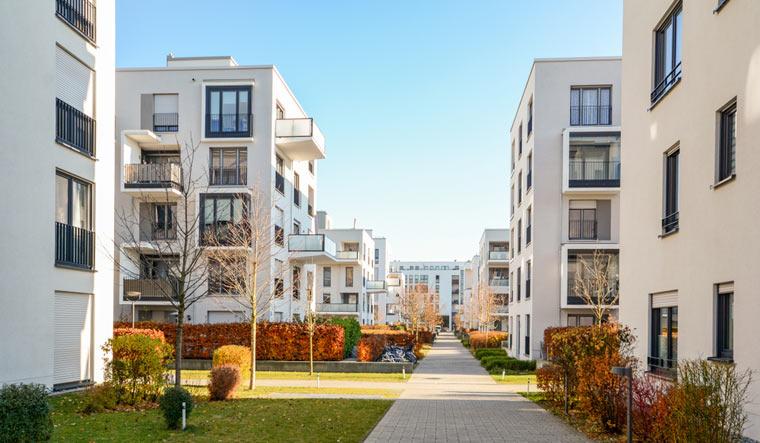Scientists have discovered that the layout of cities holds immense potential in mitigating the effects of future weather extremes on the population. These findings shed light on the crucial role of sustainable and thoughtful urban design in safeguarding the well-being and safety of future city dwellers.
The researchers from the universities of Delaware and Wyoming have found that the design of urban landscapes, including the distribution of buildings and their integration with the surrounding environment, is more important than the size of a city.
The team investigated how changes in urban land and population will impact people's exposure to weather extremes by the end of the 21st century. Regardless of a city's size, well-planned urban land patterns can effectively mitigate the risks posed by weather extremes, according to Jing Gao, an assistant professor at the College of Earth, Ocean, and Environment in Delaware.
Gao emphasised that cities, both large and small, can enhance their resilience to climate risks by better organizing their land developments. These findings challenge existing perceptions, as previous research primarily focused on limiting the expansion of urban areas.
In their study, researchers examined urban areas across the continental US, including cities of varying sizes, development densities, and climate regions. By analyzing development data from the past 40 years, they predicted how these urban areas would evolve by 2100.
The team then assessed the potential impact of these urban land changes on weather extremes such as heatwaves, cold waves, heavy rainfall, and severe thunderstorms. They also estimated the number of people who could be exposed to these events under different climate and urban development conditions by the end of the century.
"While carefully designed urban land patterns cannot completely eliminate the increased population exposure to weather extremes resulting from climate change, they can significantly reduce the associated risks," explained Gao. Importantly, this approach does not require massive and costly measures like leveling and rebuilding large areas at once.
Gao suggested that when constructing new buildings or renovating existing ones, a shift in mindset is needed. This involves considering how the development or renovation will impact the overall interaction between the city and its natural surroundings, creating an integrated human-environment system that operates at large scales over the long term.
The researchers' study, published in the journal Nature Communications, encourages a reevaluation of urban design and construction practices, aiming to align cities with their natural environments and enhance resilience to climate change. Gao emphasized that the time to start adjusting our approach to development is now, as the cost of implementing these changes is relatively minimal.


